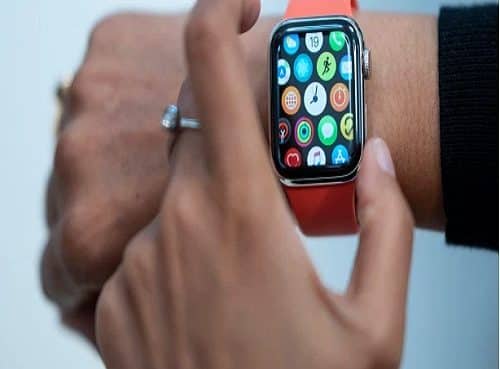Personalization has become an important tool for most organizations today. The ability to provide customers with what they need by suggesting products and services based on their wants has been a game changer in the industry.
Today, predictive analytics tools enhance personalization as they are able to analyze customer behaviors and patterns whenever they use a particular app or platform to understand them better. With the help of AI, these tools can not only help make decisions for customers and even suggest better products and alternatives for them.
For example, when booking a holiday, one would simply just need to Google their destination and within minutes, they would be bombarded on their apps and social media pages with numerous travel commercials and packages to help them make their decision. Google Ads is used by 46.9% of all websites.
According to Google, this happens as “the information shared by sites and apps to deliver its services, maintain and improve them, develop new services, measure the effectiveness of advertising, protect against fraud and abuse, and personalize content and ads you see on Google and on our partners’ sites and apps.”
Interestingly, despite the increased adoption of personalization, not all industries are still using it fully to its potential. According to a report by McKinsey, only 8% of banks are able to apply predictive insights from their machine learning models to inform campaigns. This could be most likely due to the regulatory and compliance requirements.
In fact, the report stated that by codifying, unifying, and centralizing key analytics and supporting processes, these organizations generate 5 to 15% higher revenue from their campaigns and launch them two-to-four times faster.
For consumers, while many initially found this as a convenience, many are slowly becoming to find the suggestions annoying and even creepy, especially with multiple suggestions appearing on their social media feeds and other applications.
Moreover, some of this content is now being regarded as spam. An influx of commercials and suggestions be it via emails, messages, or even on social media applications are now being labeled as spam with more users reporting such ads.
At the same time, there is also concern about the growing invasion of privacy by some customers. For some customers, a simple conversation on a social media app about a particular brand or travel destination could lead to one dealing with heavy advertising and marketing material.
Companies like Meta have come under heavy criticism for misusing the data they get from their social media apps. Users threatened a boycott of messaging app WhatsApp when Meta said the data may be used for advertising purposes. After an uproar by users, Meta eventually ensured that they would not change their policies on this.
With the e-commerce industry expected to generate more revenue for businesses in the years to come, organizations are increasing their personalization game to ensure they are not left behind. Most e-commerce apps today are already personalizing content and products for their customers with some constantly sending notifications to users.
So can users avoid personalization?
It is possible. Google states that if ad personalization is turned on, it will use the information to make ads more useful for a user. For example, a website that sells mountain bikes might use Google’s ad services. After a user visits that site, they could see an ad for mountain bikes on a different site that shows ads served by Google. Also, if ad personalization is off, Google will not collect or use the information to create an ad profile or personalize the ads Google shows to the user.
At the end of the day, it is still quite challenging to avoid personalization tools, especially with the amount of technology being used today. For consumers, while too much personalization can be spam, many still would like to get notifications and want to know about the latest products and trends.
For businesses, the best way to ensure personalized content is not considered spam is to understand their consumers and not bombard them constantly. A moderated approach towards personalization could just be the game changer in keeping consumers satisfied with the services.
Source: techwireasia










